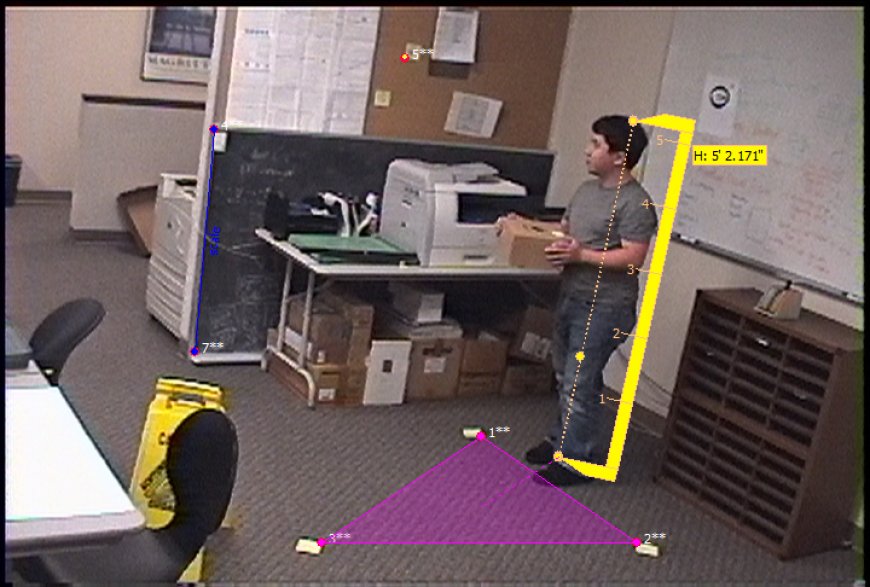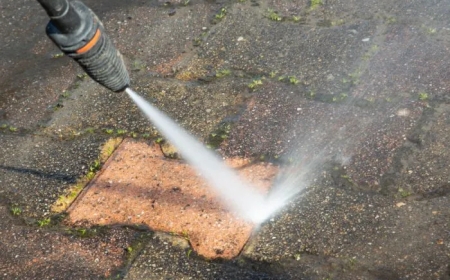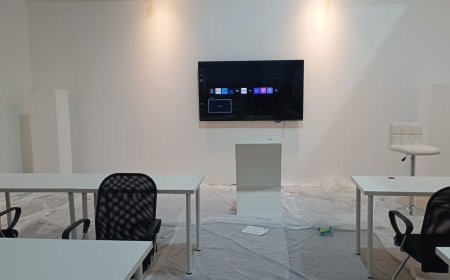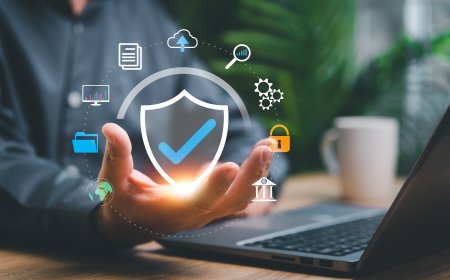Photogrammetry Software: A Vital Tool for the Crime Scene Investigator
Discover how photogrammetry software is transforming the way crime scene investigators analyze evidence. Learn about applications, benefits, and how it enhances forensic precision.

In the field of forensic science, accuracy and efficiency are paramount. As crime scene investigators work to document and reconstruct scenes, the demand for high-precision tools has grown. One of the most powerful innovations aiding this process is photogrammetry software. By turning photographs into detailed 3D models, this technology allows investigators to preserve and analyze crime scenes in ways never before possible. In this article, well explore how photogrammetry software works and why its become indispensable to the modern crime scene investigator.
What Is Photogrammetry Software?
Photogrammetry software is a tool that uses photographs to measure and reconstruct real-world objects and environments in 3D. By analyzing multiple overlapping images taken from different angles, the software calculates spatial data and generates highly accurate three-dimensional models.
In the context of forensic investigations, this means crime scenes can be digitally preserved with millimeter-level precision, allowing analysts to revisit and measure them long after the physical evidence has been cleared.
How Crime Scene Investigators Use Photogrammetry
1. Scene Reconstruction
One of the primary applications is creating full 3D reconstructions of crime scenes. These models allow a crime scene investigator to analyze positions of evidence, trajectories, or suspect pathways in a virtual environment.
2. Evidence Documentation
Photogrammetry software ensures that evidence like blood spatters, footprints, bullet holes, or weapons are captured exactly as they were found. These records are crucial for both investigations and court proceedings.
3. Time-Saving and Non-Invasive
Traditional methods of sketching or measuring a scene are time-consuming and can be intrusive. Using high-resolution imagery, photogrammetry enables quick, non-contact data collection without disturbing the scene.
Benefits of Photogrammetry for Investigators
-
Accuracy: Digital models preserve every detail of the scene down to fractions of an inch.
-
Repeatable Analysis: Investigators and legal teams can revisit a scene virtually at any time.
-
Courtroom-Ready Visuals: 3D reconstructions can be used in court to help juries visualize events more clearly.
-
Collaboration: Digital files can be easily shared between law enforcement teams or forensic experts across different locations.
Challenges and Considerations
While photogrammetry software is powerful, it requires proper photographic technique and calibration. Investigators must be trained in capturing sufficient overlap, correct angles, and proper lighting to ensure accurate 3D results. Despite this learning curve, the payoff in investigative clarity is well worth the effort.
Conclusion
In an age where forensic precision can make or break a case, photogrammetry software is revolutionizing how crime scenes are documented and analyzed. For any crime scene investigator, this technology offers a powerful means of capturing reality, preserving evidence, and delivering accurate reconstructions that stand up in court. As adoption continues to grow, the future of crime scene investigation will undoubtedly be shaped by this digital evolution.
FAQs
What is photogrammetry in crime scene investigation?
Photogrammetry is the process of using photographs to create accurate 3D models of crime scenes, which can be used for documentation and analysis.
How accurate is photogrammetry software?
High-quality photogrammetry software can achieve millimeter-level accuracy, making it ideal for forensic use.
Can photogrammetry models be used in court?
Yes, 3D reconstructions created from photogrammetry are often used as evidence in courtrooms to support testimony and explain scene dynamics.
What kind of images are needed for photogrammetry?
Multiple high-resolution images with overlapping fields of view from different angles are necessary to create accurate models.
Do crime scene investigators need special training?
Yes, proper training in capturing photographs and using the software is essential to ensure accurate and usable reconstructions.































